Introduction
Can Pigs Get Sunburned: It delves into the fascinating world of animal biology and the surprising vulnerabilities of even the most robust-looking creatures on our planet. Pigs colds, often associated with their rugged, coarse hides and an image of hardiness, are not exempt from the effects of prolonged exposure to the sun. This will unravel the mysteries of porcine susceptibility to sunburn and delve into the unique features of pigskin that make this phenomenon possible. Pigs have long been a part of human history and agriculture, serving as a valuable source of food, labor, and companionship. They come in various breeds, sizes, and colors, but what most people notice first is their characteristic pink skin. This skin, however, is not as impervious to the sun’s harmful ultraviolet (UV) rays as it may seem.
Much like humans, pigs can indeed suffer from sunburn when subjected to excessive sunlight, particularly if they lack proper protection or shelter. To understand why pigs can get sunburned, we must first explore the intricacies of their skin. Contrary to popular belief, not all pigs have pink skin; some breeds, like the Berkshire or Hampshire, have darker, more melanin-rich skin that some natural UV protection. However, many domesticated pigs have pale, thin skin that lacks melanin, making them more vulnerable to sunburn. Additionally, their sparse hair coverage leaves large areas of their skin exposed to the sun’s rays.
In the factors that contribute to pig sunburn, including their skin composition and behavioral habits. We will also discuss the consequences of sunburn for these animals, which can range from discomfort to severe health issues. We will explore strategies for preventing sunburn in pigs, including the use of sunscreen, shade structures, and other protective measures. The next time you encounter a group of pigs basking in the sun, you’ll have a newfound appreciation for the delicate balance between these hardy creatures and the natural elements. Let’s embark on this intriguing journey into the world of pig sunburn and discover how even the toughest animals can have vulnerabilities that require our understanding and care.

How do you treat sunburn on pigs?
Pigs with sunburn should be given shade and access to a wallow. This will allow cooling. It may be possible to coat the skin in neutral oil to reduce the burning. Animals in pain should not be mated as mating is unlikely to be successful.
Isolate the Affected Pig: If you notice a pig with sunburn, the first step is to isolate it from the rest of the group. This prevents other pigs from potentially aggravating the sunburned areas through nosing or biting.
Assess the Severity: Examine the extent of the sunburn. Mild sunburn may appear as redness and discomfort, while more severe cases can involve blisters, peeling, and even open sores. Knowing the severity will your treatment plan.
Shade and Shelter: Ensure the sunburned pig has access to shade and shelter to protect it from further sun exposure. Shade structures or moving the pig to a cooler, indoor environment can help.
Topical Treatments: Over-the-counter, pet-safe sunburn ointments or aloe vera gel can be applied to soothe the affected skin. Ensure the products used are safe for animals and do not contain any harmful ingredients.
How do you know if a pig is too hot?
However, pigs do not sweat and have relatively small lungs. Due to these physiological limitations and their relatively thick subcutaneous fat, pigs are prone to heat stress. The two obvious symptoms observed when pigs are exposed to heat stress are increased respiration rate and loss of appetite.
Heavy Panting: One of the most apparent signs of a pig being too hot is heavy panting. Pigs will breathe rapidly and forcefully in an attempt to cool themselves down.
Restlessness: An overheated pig may become agitated and restless. They may pace around, appear anxious, or repeatedly change positions in an effort to find relief from the heat. On the opposite end of the spectrum, some pigs may become lethargic and sluggish when they’re too hot. They might lie down and be reluctant to move.
Drooling or Salivating: Excessive drooling or salivation can be an indication of heat stress in pigs. Their bodies are trying to cool down by expelling excess moisture.
Red or Flushed Skin: Check the pig’s skin for signs of redness or flushing. This can be a sign that they are overheated, as blood vessels near the skin surface dilate in an attempt to release heat.
Increased Heart Rate: You can check a pig’s heart rate by placing your hand on their chest. An elevated heart rate is a sign of heat stress. Pigs may lose their appetite when they are too hot. They might also refuse to drink water, which can exacerbate their condition.
Do pigs need sunlight?
While pigs need natural light to produce vitamin D3, a deficiency of vitamin D is not considered a problem in pig production, as vitamin D2 is provided in balanced pig diets. Commercial lighting is unlikely to reach a level which pigs find aversive, however, high intensity lighting, e.g. spotlights, should be avoided.
Vitamin D Synthesis: One of the primary reasons pigs need sunlight is for the synthesis of vitamin D. When pigs are exposed to UVB rays from sunlight, their skin can produce vitamin D, which is necessary for the absorption of calcium and the development of strong bones. Without adequate vitamin D, pigs can suffer from bone disorders and weakened immune systems.
Skin and Coat Health: Sunlight can also help improve the condition of a pig’s skin and coat. Exposure to natural sunlight can reduce the risk of skin issues and promote a healthy, glossy coat. Additionally, sunlight can help with the healing of minor skin irritations or wounds.
Mental Health: Sunlight and access to the outdoors can have a positive impact on a pig’s mental health and overall well-being. It them with opportunities for mental stimulation, exploration, and natural behaviors like rooting and foraging.
Temperature Regulation: Pigs may use sunlight to regulate their body temperature. On cooler days, they may bask in the sun to warm up, and on hot days, they may seek shade to cool down. Sunlight can help them maintain their body temperature within a comfortable range.
How do I know if my pig has sunburn?
A common clinical presentation of sunburned pigs is a brief “attack” of pain manifested as squealing or dipping the back while walking. In some cases, pigs may drop to their stomach, then get up and walk. Presumably, this is response to a feeling pain over the lumbar area.
The most common and noticeable sign of sunburn in pigs is redness on the affected areas of their skin. This redness may be accompanied by swelling, making the skin look inflamed. Sunburned areas may feel warm or hot to the touch. Gently place your hand on the pig’s skin to check for temperature differences.
Sunburned pigs may exhibit signs of pain or discomfort. They may squeal, grunt, or exhibit signs of restlessness. They may also be more sensitive to touch. In more severe cases of sunburn, blisters may develop on the affected areas of the skin. As the sunburn begins to heal, the skin might start to peel. Some pigs may exhibit behavioral changes when they have sunburn. They might avoid sunlight or seek out shade to relieve the discomfort.
Sunburned pigs may try to alleviate their discomfort by rubbing or scratching their affected skin against objects in their environment. In cases of severe sunburn, the affected areas may lose hair, leaving bald patches. Pigs in pain or discomfort may have a reduced appetite. If your pig suddenly loses interest in food, it could be a sign of sunburn or another health issue.
In the most severe cases, sunburn can lead to the development of open sores or scabs on the skin. These can be painful and prone to infection. When touched or handled, sunburned pigs may react negatively, showing signs of discomfort or pain.
What temperature is too hot for pigs?
Mature pigs are most comfortable when air temperatures are between 50-75°F. Once temperatures exceed 80°F, pigs over 100 lbs. (grow-finish pigs, developing gilts, and mature sows and boars) can very quickly move into life-threatening levels of heat stress.
Optimal Temperature Range: Pigs are most comfortable in temperatures ranging from 60°F to 75°F (15°C to 24°C). Within this range, they can regulate their body temperature efficiently without excessive stress.
Critical Temperature: The critical temperature for pigs, where heat stress becomes a concern, generally falls between 85°F and 90°F (29°C to 32°C). Above this range, pigs start to experience discomfort, and their ability to cool down through natural mechanisms is limited.
Heat Stress Warning Signs: It’s essential to monitor pigs for signs of heat stress when temperatures approach or exceed the critical range. Signs of heat stress in pigs may include heavy panting, increased respiration rate, drooling or salivating, restlessness, and reduced activity.
Dehydration Risk: In hot weather, pigs are at an increased risk of dehydration. High temperatures can cause them to lose fluids rapidly through sweating and increased respiration. Signs of dehydration include sunken eyes, dry or tacky gums, and reduced skin elasticity.
What happens when pigs get too hot?
When a pig’s internal temperature increases, it reaches a point where it can no longer increase moisture loss through increasing respiration and sweating – the ‘heat stress emergency’ point. The animal may pant harder but without relief; this cycle can lead to death.
Increased Respiratory Rate: As pigs become overheated, their respiratory rate increases significantly. They start panting rapidly in an attempt to expel excess body heat. This heightened respiration can cause them to lose vital fluids through exhalation, leading to dehydration.
Dehydration: Heat stress can result in rapid dehydration in pigs. They lose fluids through panting, sweating, and increased urination. Dehydration can cause a host of problems, including electrolyte imbalances and reduced blood flow to vital organs.
Elevated Body Temperature: Pigs may experience hyperthermia, where their body temperature rises significantly above the normal range. This can damage internal organs, disrupt normal metabolic processes, and, in extreme cases, lead to heatstroke, which is a life-threatening condition.
Reduced Feed Intake: Pigs suffering from heat stress often have reduced appetites and may consume less food. This can lead to weight loss and decreased overall health, particularly in young or growing pigs.
What animal hates the sun?
Desert Tortoise
Although this animal is not nocturnal, the desert tortoise rarely sees the light of day. This animal, native to the Southwest region of the United States, lives the majority of its life underground, burrowed away from the light.
Bats: Bats are perhaps one of the most well-known nocturnal animals. They are adapted to flying and foraging at night when insects, their primary food source, are most active. Bats are sensitive to light, and direct sunlight can harm their eyes and impair their echolocation abilities. They spend daylight hours roosting in caves, trees, or other dark, sheltered places.
Owls: Owls are birds of prey known for their exceptional night vision. Their large eyes are adapted for low-light conditions, making them well-suited for hunting in the dark. Owls are most active during the night, and they often rest in shaded areas or dense foliage during the day to avoid bright sunlight.
Porcupines: These spiky mammals are primarily nocturnal, although some may be active during the day. Porcupines tend to avoid the sun to regulate their body temperature and reduce the risk of overheating. They often seek out shaded areas in trees or dense vegetation.
Aardvarks: Aardvarks are burrowing mammals found in Africa. They have sensitive skin that can easily sunburn, so they are primarily nocturnal. Aardvarks spend the day in underground burrows to escape the sun’s harsh rays and emerge at night to forage for insects.
What animal never sees the sun?
From blind salamanders to glowing squid, a new book explores the incredible biodiversity found in places where the sun doesn’t shine. Snipe eel, phantom anglerfish, cockatoo squid. Don’t feel bad if you’ve never heard of these creatures, because even the scientists who study such things hardly ever see them.
Deep-Sea Creatures: The deep ocean is home to numerous species that never see sunlight. In the bathypelagic and abyssopelagic zones, where sunlight cannot penetrate beyond a few hundred meters, animals have adapted to complete darkness. These include anglerfish with bioluminescent lures, giant squid, and various species of deep-sea fish like the gulper eel and hatchetfish. They rely on bioluminescence, which is the production of light within their bodies, for communication and hunting.
Cave-Dwelling Organisms: Animals that live in caves, including many species of blind cavefish, salamanders, and insects, never encounter natural sunlight. Over time, these animals have lost their eyesight and pigmentation because these traits are not advantageous in the dark cave environment.
Deep Underground Animals: Some animals, like certain species of moles, are adapted to life deep underground, where there is no access to sunlight. These creatures have strong digging adaptations, such as powerful limbs and specialized claws, to navigate and hunt in the dark soil and tunnels.
Extremophiles in Hydrothermal Vents: Hydrothermal vent ecosystems on the ocean floor, such as those found along mid-ocean ridges, are characterized by extreme temperatures, high pressure, and complete darkness. Yet, they host unique communities of extremophiles, including giant tube worms and vent crabs, that thrive in these harsh conditions using chemosynthesis rather than photosynthesis.
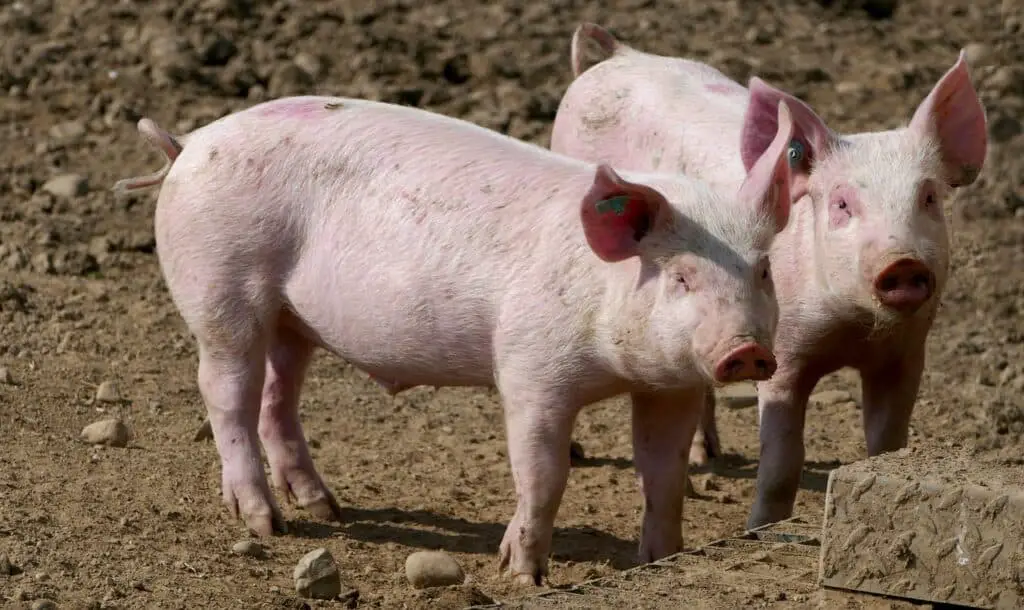
Conclusion
It may seem trivial at first glance, but it highlights the understanding of the intricacies of animal biology and the vulnerabilities that even seemingly robust creatures can face. Through our exploration of this topic, we have uncovered some fascinating insights into the susceptibility of pigs to sunburn and the factors that contribute to this phenomenon. One of the key factors that make pigs susceptible to sunburn is their skin composition. While not all pigs have pink skin, those with pale, thin skin and minimal melanin are particularly at risk. This vulnerability is exacerbated by their sparse hair coverage, which leaves large areas of their skin exposed to the sun’s harmful ultraviolet (UV) rays.
As pigs can experience discomfort, skin damage, and even more severe health issues when exposed to excessive sunlight. The consequences of sunburn in pigs, which can range from minor discomfort and reddened skin to more serious conditions like dermatitis. Sunburn can affect not only the well-being of the animals but also their productivity and overall quality of life. It is, therefore, crucial for pig farmers and caretakers to be aware of this vulnerability and take measures to protect their animals from the harmful effects of the sun.
We touched upon strategies for preventing sunburn in pigs. These include shade structures in pig pens, ensuring access to cool, shaded areas during hot weather, and even using specially formulated sunscreens for animals when necessary. These preventive measures underscore the responsibility that comes with raising and caring for pigs, emphasizing the need for humane and attentive practices in animal agriculture. In closing, the study of whether pigs can get sunburned reveals the complex interplay between animals and their environment. It reminds us that even the hardiest of creatures can face unexpected challenges and vulnerabilities.

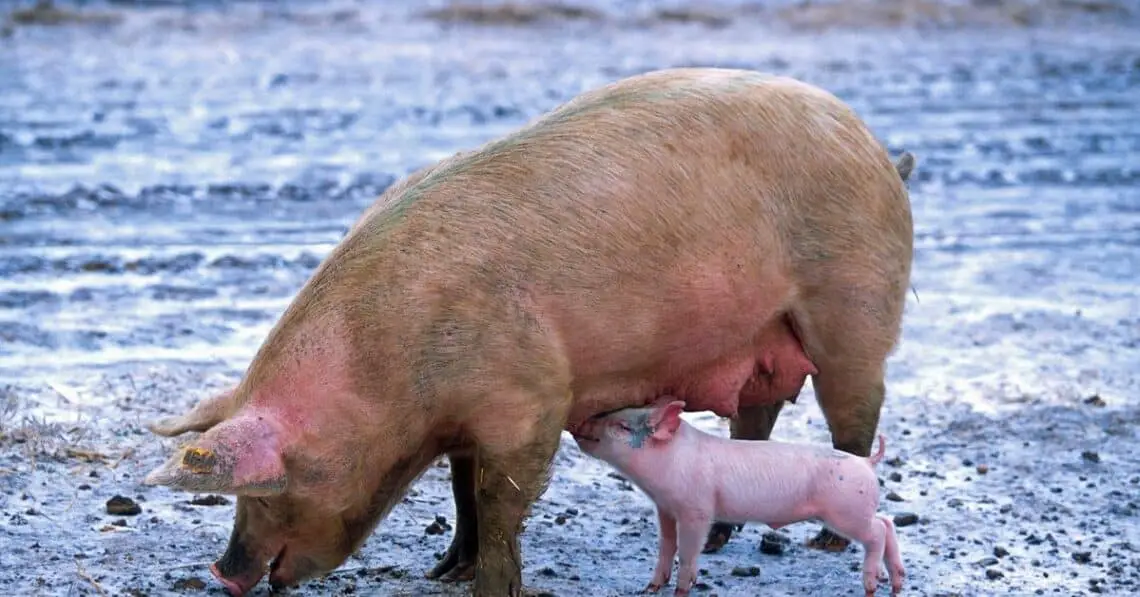
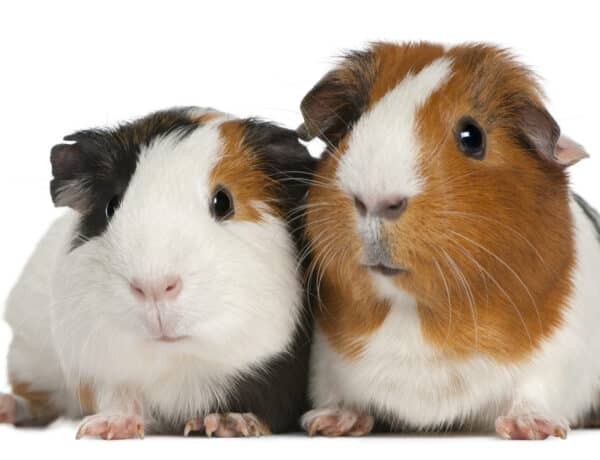
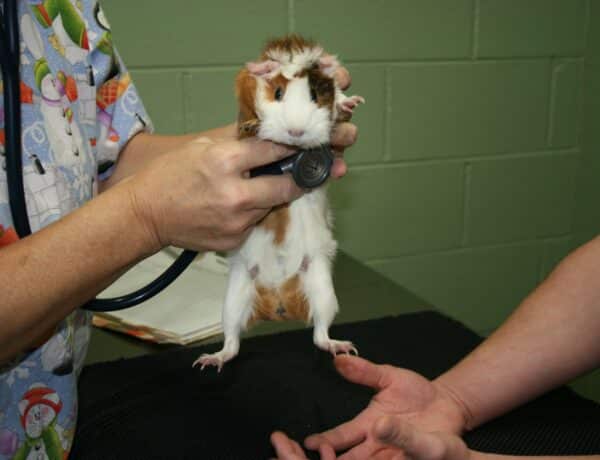
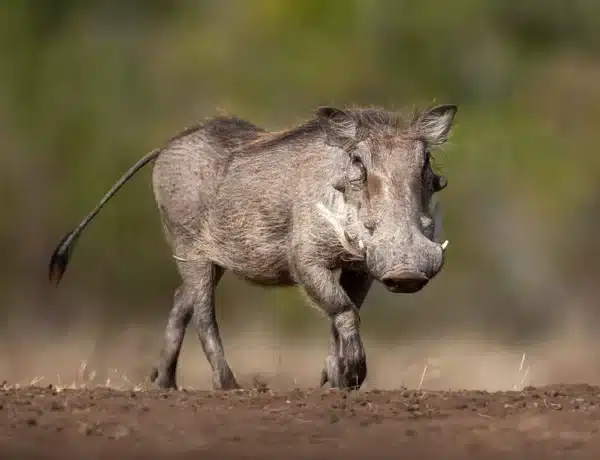
No Comments